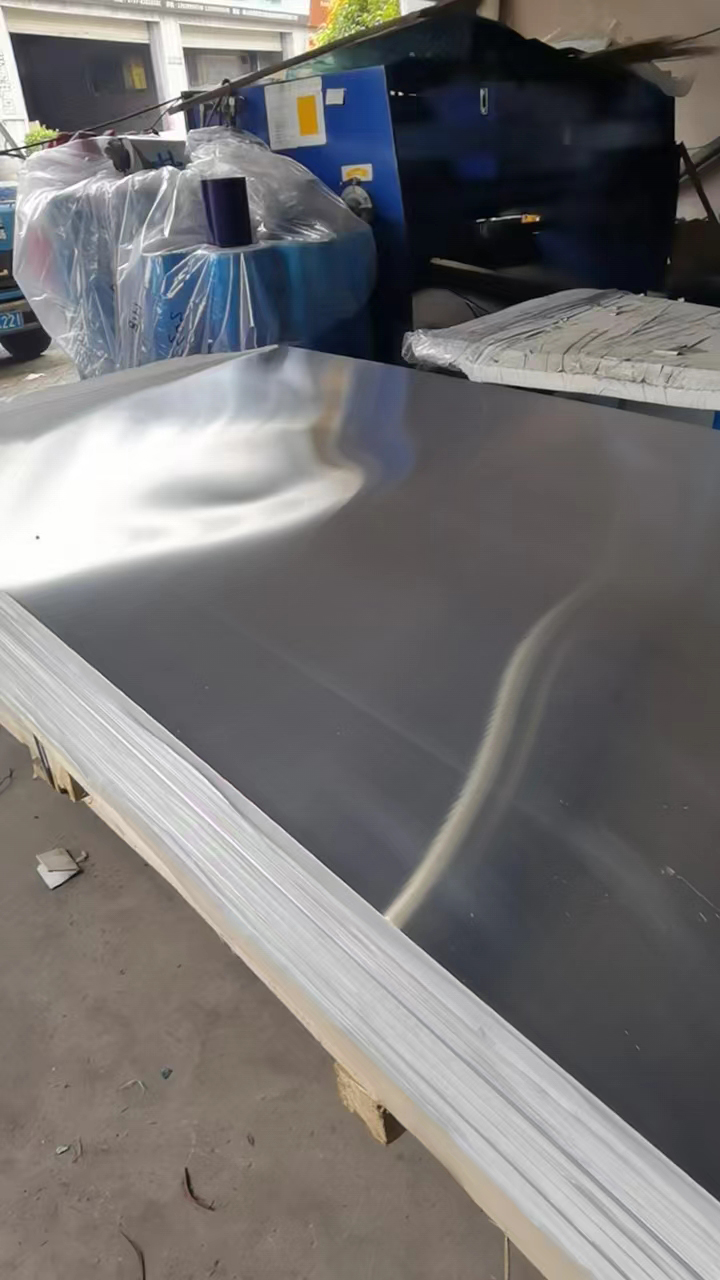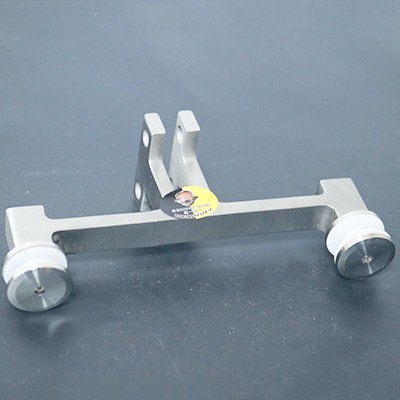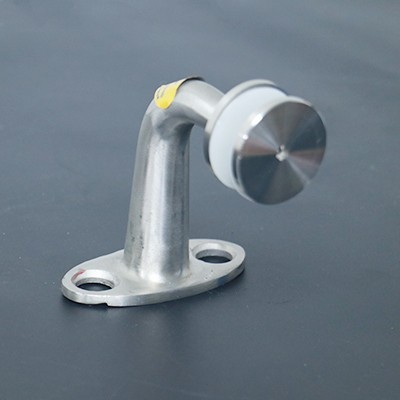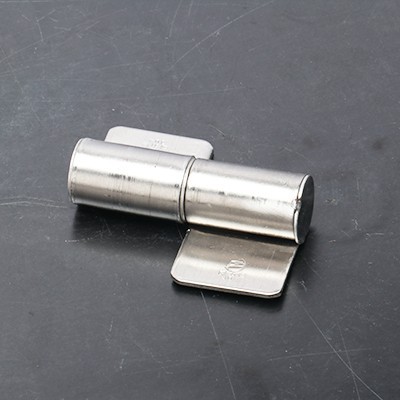At present, cold-drawn 904L is a common steel grade in China. Many manufacturers enhance the metal's strength through cold drawing deformation. However, this comes at the expense of the plasticity and toughness of the metal. High-precision cold-drawn seamless steel tubes are based on their high dimensional accuracy and high strength performance. It is necessary to ensure that the deformation is within a certain range in order to maximize the performance of the material and reduce the adverse effects on the material.
At present, cold drawing904LThe material is an ordinary steel grade in our country. Many manufacturers enhance the strength of the metal through cold drawing deformation. However, this comes at the expense of the plasticity and toughness of the metal. High-precision cold-drawn seamless steel tubes are based on their high dimensional accuracy and high strength performance. It is necessary to ensure that the deformation is within a certain range in order to maximize the performance of the material and reduce the adverse effects on the material.

904LThe deformation of the stainless steel plate is too small to meet the requirements of surface finish and dimensional accuracy, and the strength index of the component fails to reach the standard. Excessive deformation will cause the plasticity and toughness of the stainless steel plate to decrease too much, and the grains will be pulled too large. When elongated to form a fibrous structure, the metal will exhibit obvious anisotropy. The axial direction of the stainless steel plate is parallel to the elongation direction of the grains, and the strength increases. The radial direction of cold-drawn stainless steel plates is perpendicular to the elongation direction of grains, and the strength decreases instead. The stress of the hydraulic cylinder exists in the radial direction of the stainless steel plate.
For dislocations, vacancies and other fibrous structure and crystal defects in steel, heat treatment methods such as annealing or normalizing are generally adopted to eliminate them. The purpose of annealing is to refine the grain structure, eliminate structural defects, reduce hardness, improve plasticity and facilitate cold working. In cold drawing904LIn the production of stainless steel plates, annealing equipment is indispensable. Therefore, formulating an appropriate annealing process is to ensure cold drawing904LThe necessary conditions for qualified stainless steel plates and no fracture defects in the products. If manufacturers reduce the annealing process in order to unilaterally lower production costs, it will definitely have an adverse impact on product quality.





 +86 189-2994-8884
+86 189-2994-8884  +86 40000 18348
+86 40000 18348 workweixine4959b@www.wlh348.com
workweixine4959b@www.wlh348.com Building K, Jinguagang Ceramic Market, Shiwan Street, Chancheng District, Foshan, China
Building K, Jinguagang Ceramic Market, Shiwan Street, Chancheng District, Foshan, China
 Wechat QR code
Wechat QR code Mobile phone QR code
Mobile phone QR code Wechat official account
Wechat official account